TAGGED AS: Fantasy, Netflix, streaming, TV
Over the weekend, The Sandman offered one last — we think — dreamy surprise for the year: a bonus episode of the program that adapting issues #17 and #18 of the comic book series. And while it may be one of the program’s finest hours thus far, it also speaks to some of the lingering questions viewers have about the show, both in terms of its ongoing story and the way it will preserve the texture of the original comic book. So let’s dive into the episode for the signs and portents it offers of the series’ possible future.
Spoiler alert: The following reveals details of The Sandman season 1 episode 11, “Dream of a Thousand Cats; Calliope.” Stop reading here if you haven’t watched the episode and would like to avoid spoilers.
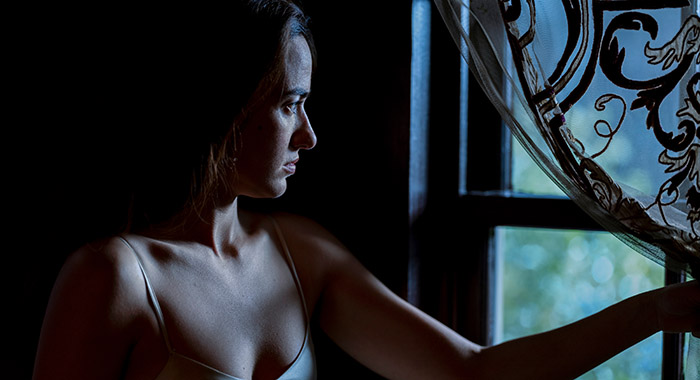
(Photo by Laurence Cendrowicz/Netflix)
More so than the comic book version of “Calliope,” the second story adapted for the bonus episode, a certain emphasis was placed on Orpheus, the son of Calliope (Melissanthi Mahut) and Morpheus (Tom Sturridge). Though he was referenced in just a few lines of dialogue in issue #17, the ability of the actors to add nuance to those lines makes Orpheus’s eventual appearance not only a certainty, but something more resonant than it seems when first reading the story in print.
The character, as envisioned by Sandman co-creator Neil Gaiman and his collaborators, finally appeared in The Sandman Special #1, a story titled, appropriately enough, “The Song of Orpheus.” It tells the broad strokes of the classical myth. Following the death of his wife, Eurydice, Orpheus journeys to the underworld in the hopes of bringing her back to the mortal plane. Since this is a story of Greek origin, you might guess how it ends, but we’ll hold back a full telling of the tale here as it would, in an odd way, constitute a spoiler.
Also, there are details that make Gaiman’s version specific to the Sandman world, starting with the fact Morpheus is Orpheus’s father instead of the King of Thrace. These differences add a certain depth to this version of Orpheus and will, ultimately, matter in the bigger picture of the series. Indeed, The Sandman Special #1 is also the first appearance of the Endless Morpheus refers to as “The Prodigal” in the currently available episodes.
And so, even in the midst of all the horror Calliope faces, the fate of her child still looms large over everything.
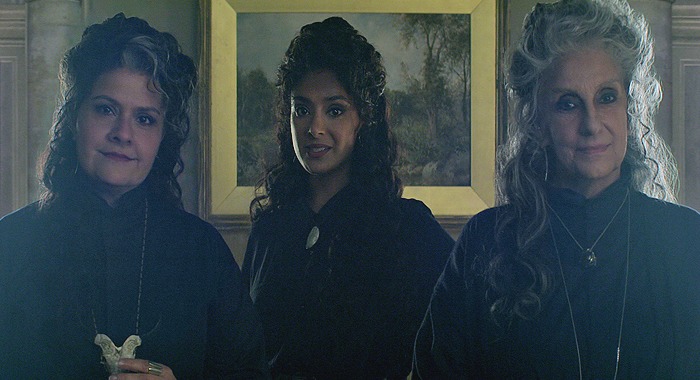
(Photo by ©Netflix)
The “Calliope” section of the episode also sees the return of the Fates to the series (as played by Dinita Gohil, Nina Wadia, and Souad Faress). But in a detail that will be important, Calliope calls upon a different aspect of the Three-Who-Are-One. The ability of these immortal, supernatural characters to manifest in different ways is an interesting detail of many pre-Christian polytheistic religions, and in the context of The Sandman, it means they are governed by different rules and expectations. Also, much like Calliope does here, those aspects can be invoked or prayed to in the hopes of some relief or boon.
Sadly, they are of no immediate help to Calliope, but in their own tricksterish way, they offer her something to ponder in the mention of Morpheus’ captivity. But also note this information is offered freely and not bound by the same terms the Fates applied to Morpheus when he sought his tools of office or the obscure way they delivered their message to Rose Walker (Vanesu Samunyai). That difference is key and part of the reason why they appeared in a different aspect this time around.
We will see at least one more aspect of the Hecate should the series continue, but it’s probably way too early to talk about the Kindly Ones in any depth.

(Photo by ©Netflix)
Although Calliope has a lot more autonomy in this version of the story than her comic book counterpart, the way Morpheus decides to aid her is also an interesting change to the character that may impact future events in the show; he is not only empathetic to her plight due to his own captivity, but there is a sense of remorse not seen in the comic book version of the story. Again, that could be down to performance adding nuance, but it also underscores a way Morpheus is different in this telling of The Sandman: He’s more readily capable of change. Indeed, a recurring theme in “The Song of Orpheus” is Dream’s inability to change and how that contributes to his son’s difficulties and Calliope’s choice to leave him. In the series episode, though, Calliope herself notes he has changed. In terms of the larger narrative, this observation may be a key clue to the way the series may diverge from its source.
Combined with the way he apologizes to Lucienne (Vivienne Acheampong) and recreates Gault (Ann Ogbomo) as a dream, it seems he is at least more willing to own up to mistakes and attempt corrective action than his comic book counterpart. That is a lesson the comic Morpheus never completely learns and is hard pressed to even see when “Calliope” occurs in the original narrative. As an example, in that telling of the story, he coldly denies his ex-wife the chance to visit the Dreaming. He also, to some extent, still views her as property in a way he emphatically does not in the television version.
In the immediate future, this alteration to Morpheus may change the reason he seeks to free Nada (Deborah Oyelade) from Hell. Although, we imagine the family dinner depicted in the comic book that led to his second visit to the infernal realm will remain in the television series to some extent. But a more contrite Morpheus starting on this mission might change how events proceed, particularly once Lucifer (Gwendoline Christie) makes their fateful decision.
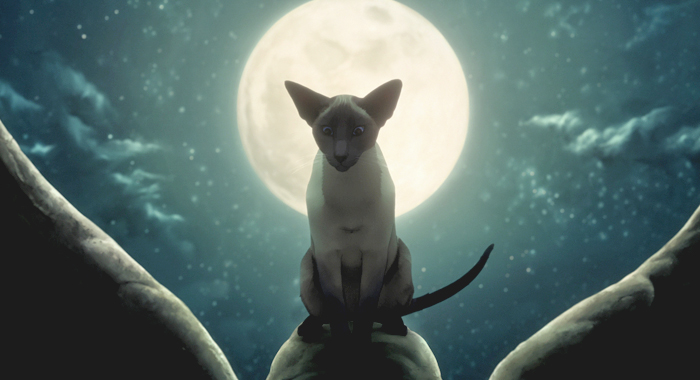
(Photo by ©Netflix)
While the bulk of ponderings in the wake of the bonus episode centered on “Calliope,” the earlier portion of the episode, “A Dream of a Thousand Cats,” answers one of our questions about the shape of the series overall: Will it adapt the seemingly disconnected short stories from the comic?
The answer is seemingly yes. Both stories come from a four-issue cycle of shorts collectively known as “Dream Country.” The set was published between the conclusion of “A Doll’s House” (the Rose Walker story) and “Season of Mists,” the third major story in the series. The third tale of the four, “A Midsummer’s Night Dream,” will be adapted in season 2, according to Gaiman. The fourth, “Façade,” still seems unlikely for adaptation as it concerns a (very minor) DC superhero and its key piece of dialogue was incorporated into Death’s (Kirby Howell-Baptiste) debut in episode 6.
But beyond the “Dream Country” stories are a wide span of single-issue tales published as thematically connected cycles and, of course, “The Song of Orpheus” itself. These stories were eventually collected into a book called Fables & Reflections, and they represent some of the least likely to be adapted. But with the animated “Thousand Cats” proving some of these stories can be told, the deeper texture of The Sandman may still be available to the television series. As with the two tales featured in episode 11, they could be used to keep the series alive between seasons, considering Morpheus rarely appears (with one or two key exceptions). These stories include Lady Johanna Constantine (Jenna Coleman) undertaking a mission for Morpheus during the French Revolution, a grandfather telling his granddaughter a story of werewolves in “the old country,” and Marco Polo encountering Gilbert (Stephen Fry) in the soft places where dreams, time, and the waking world get intermixed.
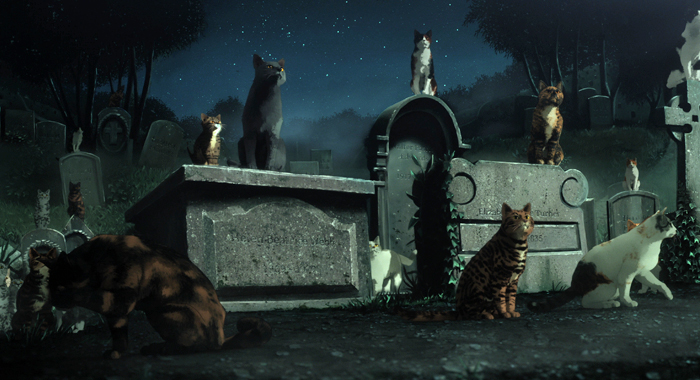
(Photo by ©Netflix)
One story more connected to the Endless is “Three Septembers and a January,” which sees certain members of the family engaging in a contest for the soul (as it were) of Joshua Abraham Norton, the self-proclaimed Emperor of the United States.
The willingness to tell Sandman stories not focused on Morpheus also means the tales told in World’s End — a five-issue cycle of stories told by travelers at an inn while they wait for a “reality storm” to pass — may also serve as episode fodder. One issue, like “Façade,” prominently features an obscure DC Comics character and may be omitted entirely, making it possible for World’s End to occur across two episodes. Provided, of course, these stories continue to be adapted two at a time.
Of course, we’re getting way ahead of ourselves and the series. As Gaiman continues to note on Twitter, season 2 is not a guarantee yet, so any talk of season 3 or beyond is just idle dreaming.
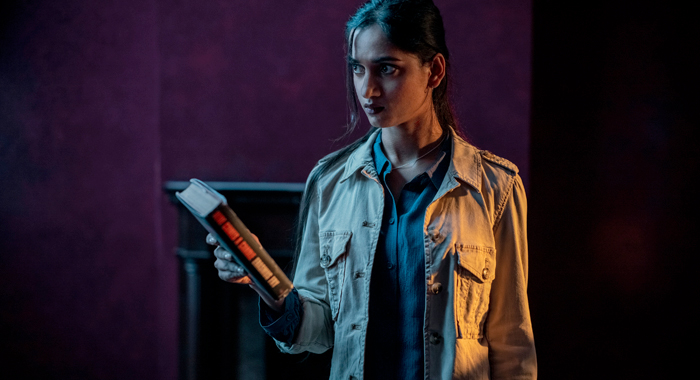
(Photo by ©Netflix)
There is something interesting in the timing of episode 11’s release. It occurred just ahead of House of the Dragon’s debut on HBO and two weeks before of The Lord of the Rings: The Rings of Power’s two-part premiere on Amazon. Those two series also engaged in a minor battle of their own via the release of their soundtrack albums over the weekend. With all three outlets offering huge fantasy shows in the waning days of the summer, is it possible Netflix offered its bonus Sandman episode earlier than intended to keep the series alive as Westeros and Middle-earth seemingly go to war for viewers’ attention?
It’s certainly possible. As Gaiman mentioned when asked about season 2 over the weekend, The Sandman is a costly endeavor. Add to that the relative lack of ancillary products to buoy the program (although we’d be happy to buy high-end figures of Morpheus, Death, and some of the other characters), and the series has an uphill battle to defend itself against Netflix’s obscure and seemingly arcane renewal algorithm. A bonus episode added to the queue just as fantasy gets a new moment in the sun may be the necessary maneuver to ensure we see more of The Sandman — possibly luring stragglers to the series after they’re spoon-fed drops of those HBO and Prime Video fantasy offerings.
Also, it should be said, having three high-end fantasy shows in such quick succession is a dream all its own.
![]() 88%
The Sandman: Season 1
(2022)
is currently available to stream — in its entirety — on Netflix.
88%
The Sandman: Season 1
(2022)
is currently available to stream — in its entirety — on Netflix.